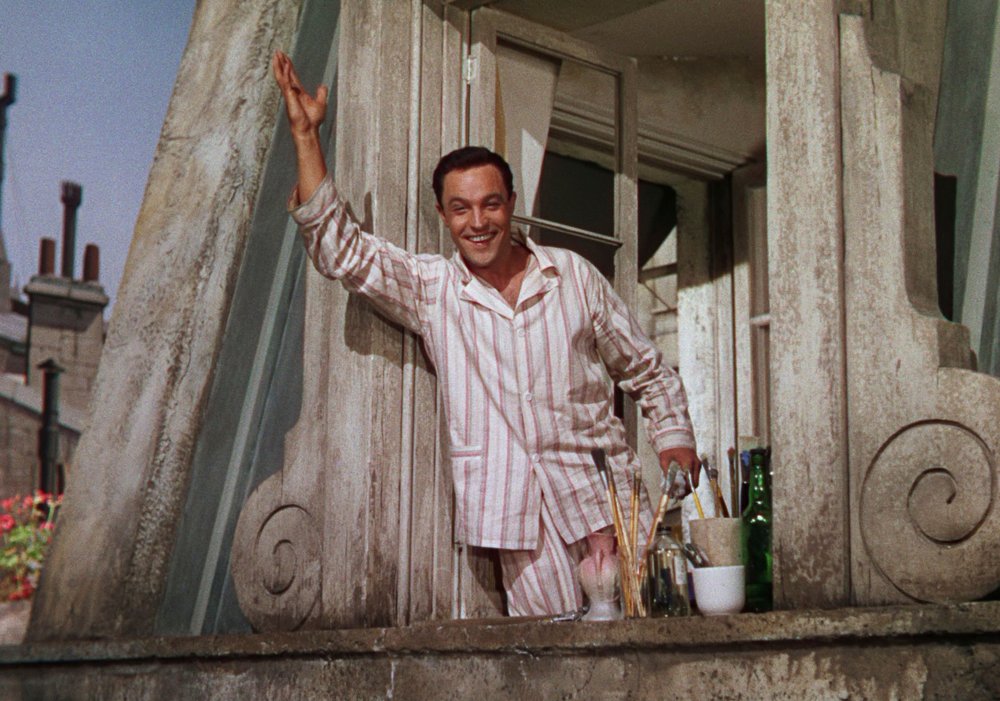 Nearly 50 years ago
to this day, the Rev. Dr. Martin Luther King Jr. was visiting Paris,
raising awareness for the civil rights movement in the U.S.
Nearly 50 years ago
to this day, the Rev. Dr. Martin Luther King Jr. was visiting Paris,
raising awareness for the civil rights movement in the U.S.
He was already
world-famous. A year before, on Oct. 14, 1964, King received the
Nobel Peace Prize for using nonviolent action to combat racial
inequality.
And then in March of
1965, he participated in the Selma to Montgomery marches for voting
rights. The peaceful marchers were met with a cruelty that many
Americans across the country were able to view for the first time on
television. Good came out of it: the landmark Voting Rights Act was
passed just five months later.
So it was on Sunday,
Oct. 24, 1965, that King preached at the American Church of Paris.
The title of the sermon was “The New Jerusalem,” but nothing else
is know about what he said in the pulpit.
One can imagine that
it was an early draft of his “I Have A Dream” speech. In the
Bible, New Jerusalem is a place where “the old order of things has
passed away” (Revelation 21).
In a sermon today at the American Church of Paris, commemorating King's speech, Rev. Dr. Luke A. Powery, Dean of Duke University Chapel, reminded us that we are not yet living in the New Jerusalem--naming the black victims of the recent shootings in the U.S.
For that to happen, Powery said we have to “Speak and declare, 'injustice anywhere is a threat to justice everywhere.' Speak because someone has to declare, 'Hate cannot drive out hate. Only love can do that.' Speak and declare, 'Guns are not Gods!'”
No one knew exactly what King said in Paris that day, 50 years ago, but I imagine that it was very much something like that.







